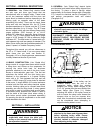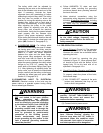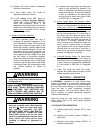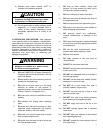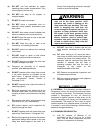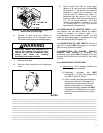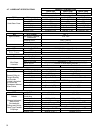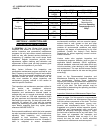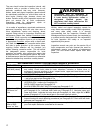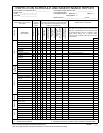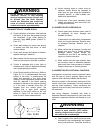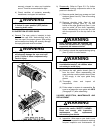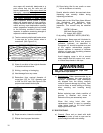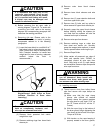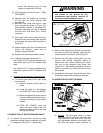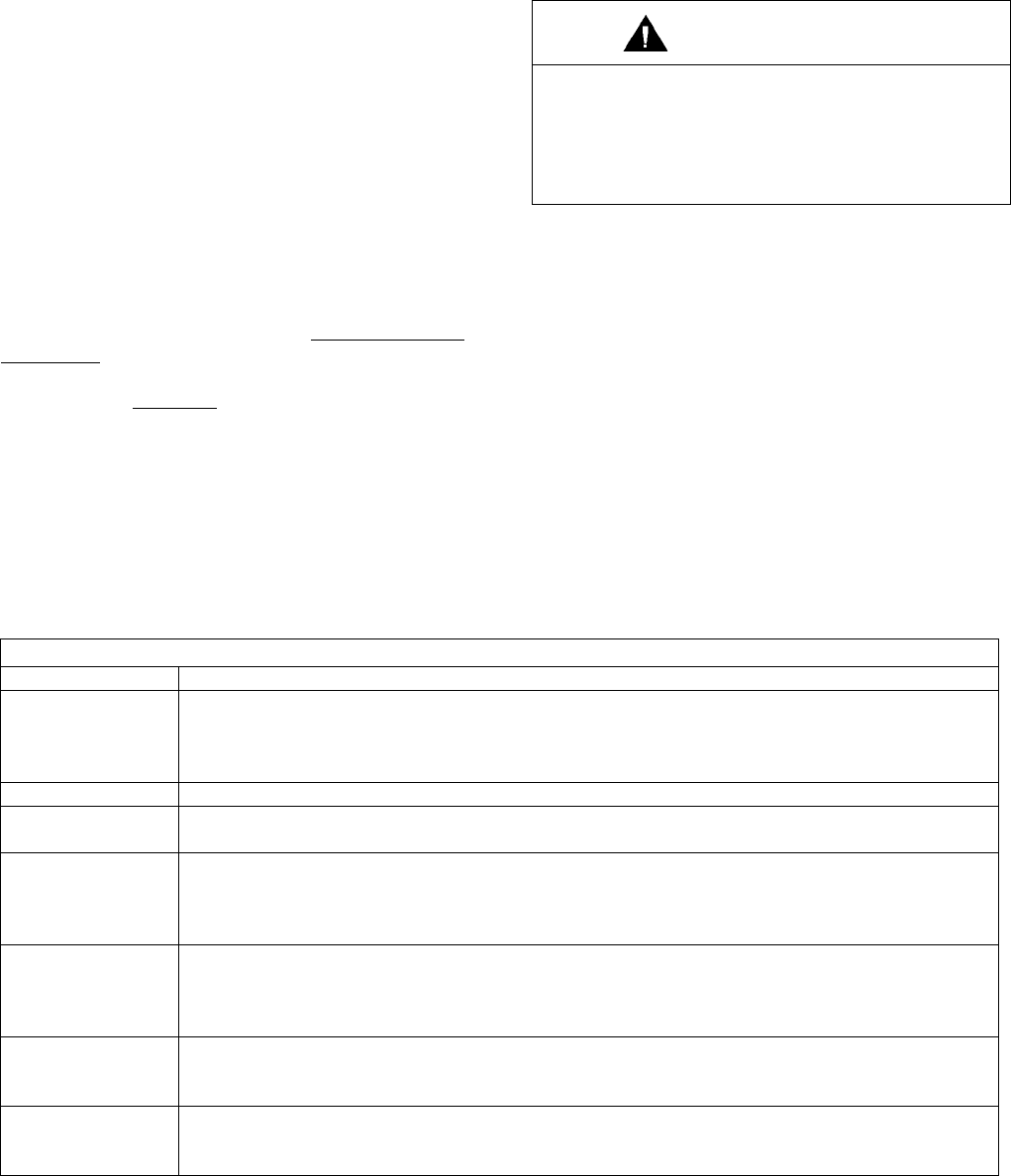
12
The user should revise the inspection interval, add
additional units or provide a similar form to suit
particular conditions that may exist. However,
written, dated and signed inspection reports should
be maintained particularly on critical items such as
hoist hooks, hoisting rope, sheaves, drums and
brakes. Periodic review of old inspection reports can
point out service life of hoist components,
forecasting need for adjustment, repair or
replacement of these components.
As a matter of expedience, appointed maintenance
personnel inspecting hoist can also take care of
minor adjustments, repairs and cleaning, where
required. Note column on Inspection Schedule and
Maintenance Report form headed Corrective Action
and Notes. When corrective action is made during
inspection, note condition of part or unit as inspected
in appropriate Condition
column with a check mark
(`). Note “during inspection” corrective action taken
and date in space provided. In this manner, items
requiring further attention will be checked (`)
without showing corrective action. This will advise
the designated person responsible for hoist
operation and safety, who reviews the reports that
deficiencies exist. The designated person will check
all deficiencies as listed and re-examine or otherwise
determine whether they constitute
a safety hazard.
WARNING
Deficiencies may be hazardous to
personnel and equipment. Do not operate
a hoist having deficiencies unless a
designated qualified person has
determined that these deficiencies DO
NOT constitute a safety hazard.
Written, dated and signed inspection reports for
many items are mandatory under OSHA regulations,
and many state safety codes. It is strongly
recommended that the Inspection Schedule and
Maintenance Report, shown herein, be completed by
a qualified person designated with the responsibility
for hoist operation and safety or an inspector
appointed by this person.
Inspection records can point out the service life of
hoist components and help forecast the need for
adjustments, repairs, and ordering of replacement
parts. File and review these reports after each
inspection.
RECOMMENDED INSPECTION AND MAINTENANCE SCHEDULE
TIME INTERVAL INSPECTION OR MAINTENANCE
Daily or start of
each shift (visual)
* Check operation of all functional mechanisms including limit switch operation, brakes
and control. Check hoist cable for kinks, abrasions, corrosion or broken wires or
evidence of improper spooling on drum. Inspect hooks, upper and lower blocks, and all
load bearing components for damage.
1 Month * HOIST CABLE – Inspect per Paragraph 5-6 and lubricate per Paragraph 4-3.
1-3 Months * ELECTRICAL CONTROLS – Inspect per Paragraph 5-4. Check hoist gearcase oil level
– add oil as required per Paragraph 4-2.e.
6 Months * LOWER BLOCK –Inspect per Paragraph 5-2.
* UPPER BLOCK –Inspect per Paragraph 5-3.
* ROPE GUIDE-Inspect per Paragraph 5-5.
* BLOCK OPERATED LIMIT SWITCH-Inspect per Paragraph 5-12.
6 Months or 500-
750 hours “on”
time
* Inspect electrical controls per Paragraph 5-4. Change hoist gearcase oil – Fill with oil
per Paragraph 4-2.e. Lubricate hoist cable per Paragraph 4-3. Lubricate upper and
lower hook block. Lubricate limit stop lever per Paragraph 4-4. Add a light film of MPG
grease (Paragraph 4-7) to the bevel gear in the screw type limit switch.
Annually * Motor brake and actuating mechanisms. Inspect and adjust per Paragraph 5-10.
Inspect hooks with crack detecting procedures per Paragraph 5-2. Drain and refill hoist
gearcase per Paragraph 4-2.
5 years elapsed
time or 5000
hours “on” time
* Complete inspection, disassembly, and maintenance required. It is recommended that
your Yale repair Station be contacted for this service.



